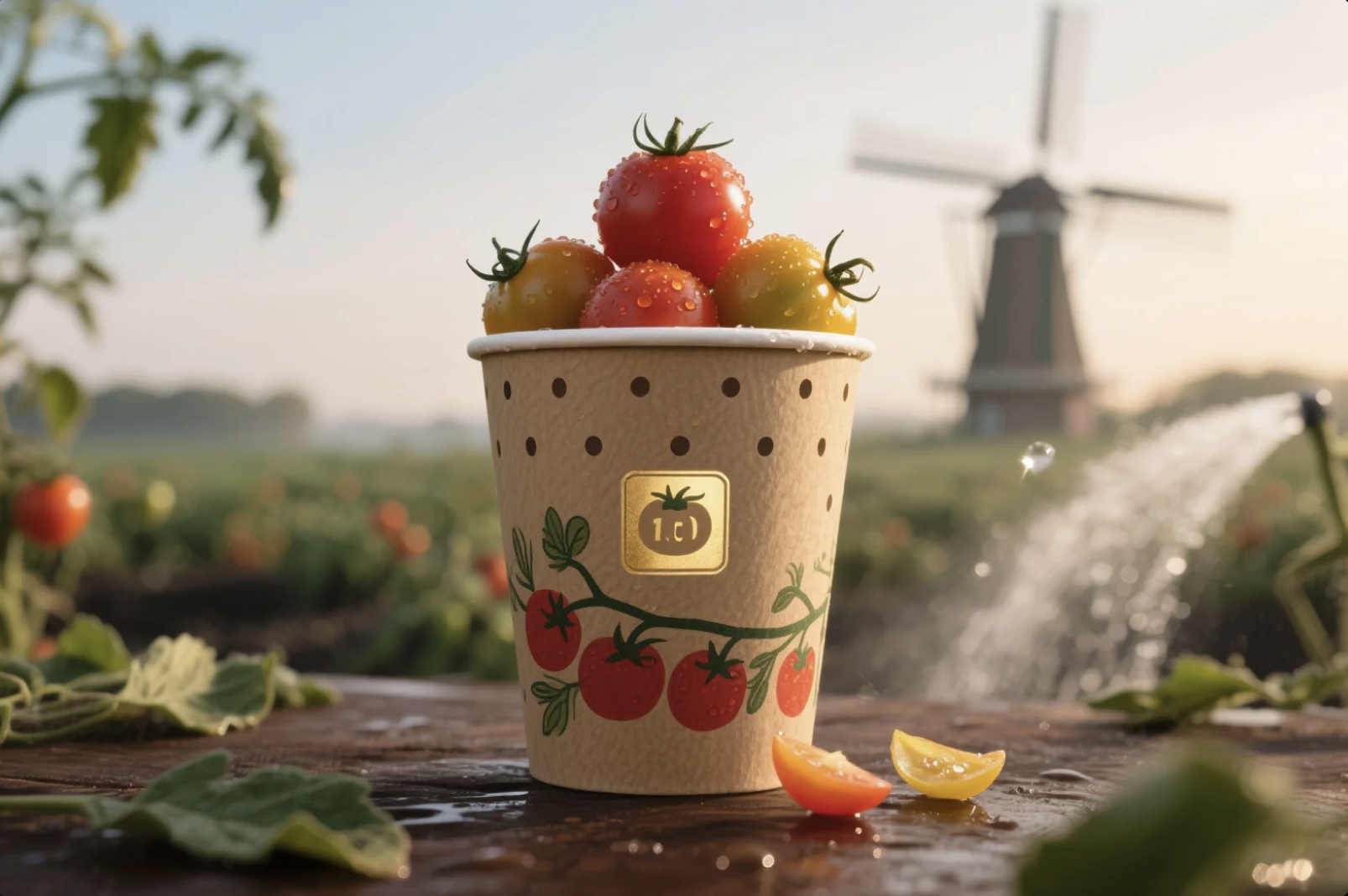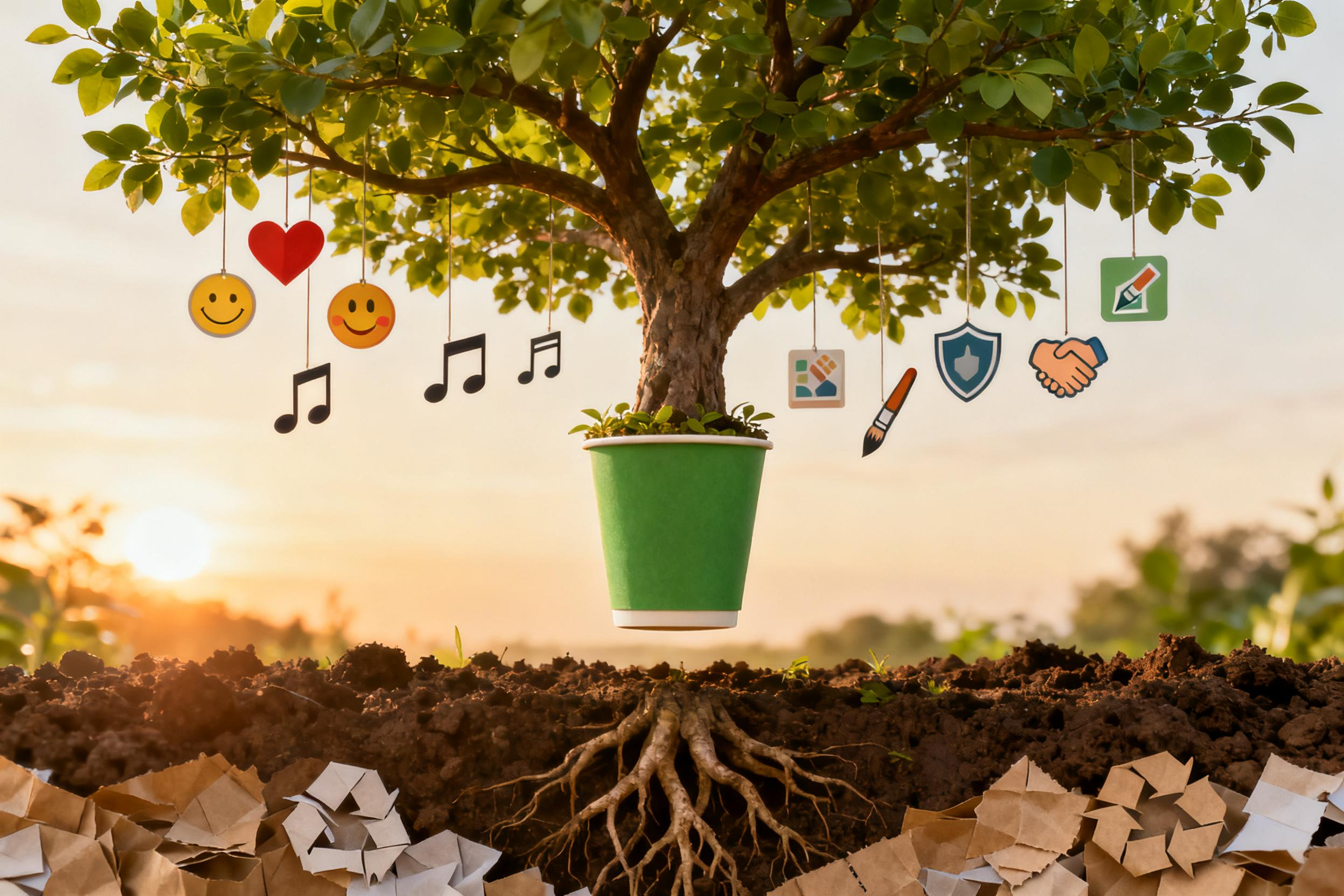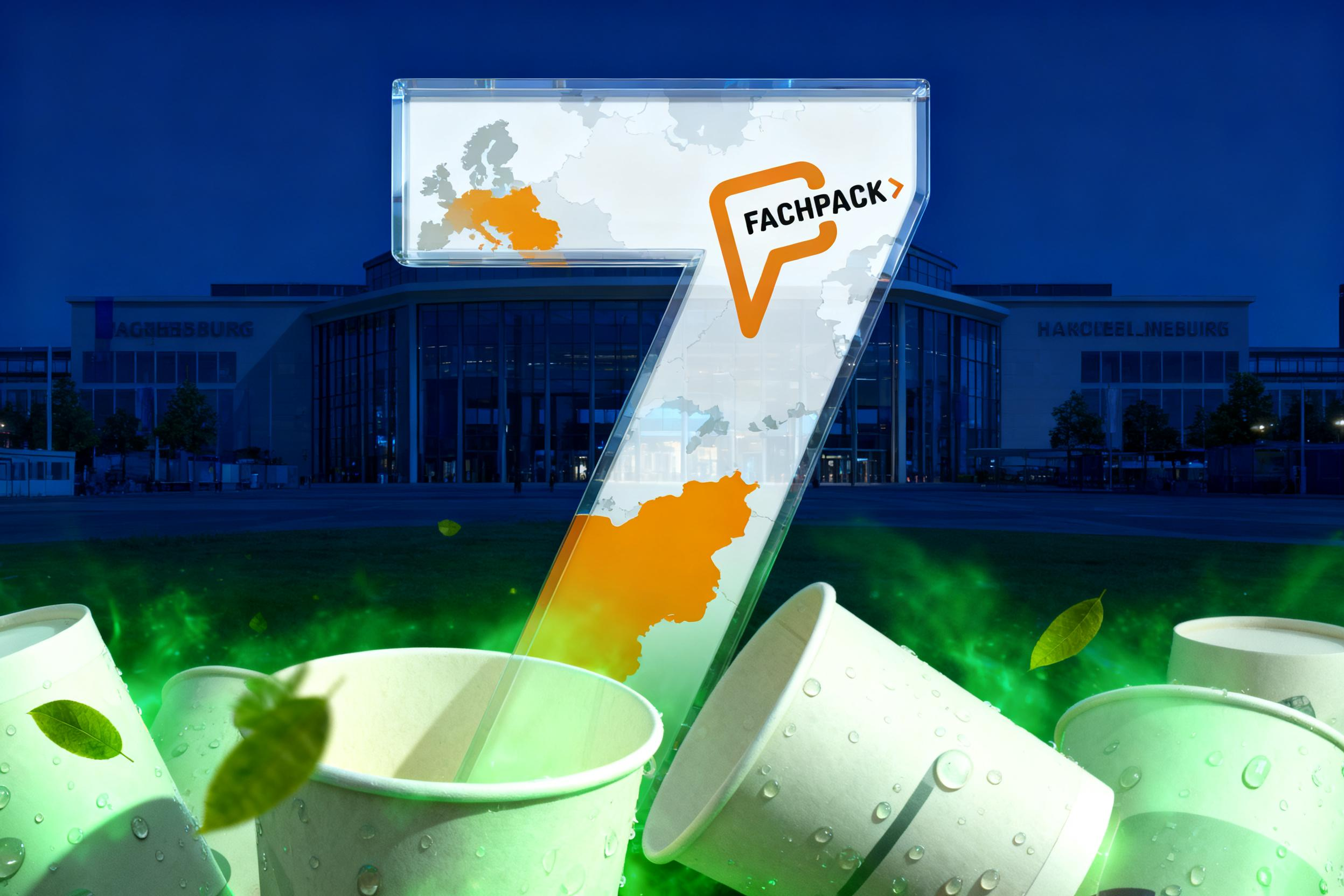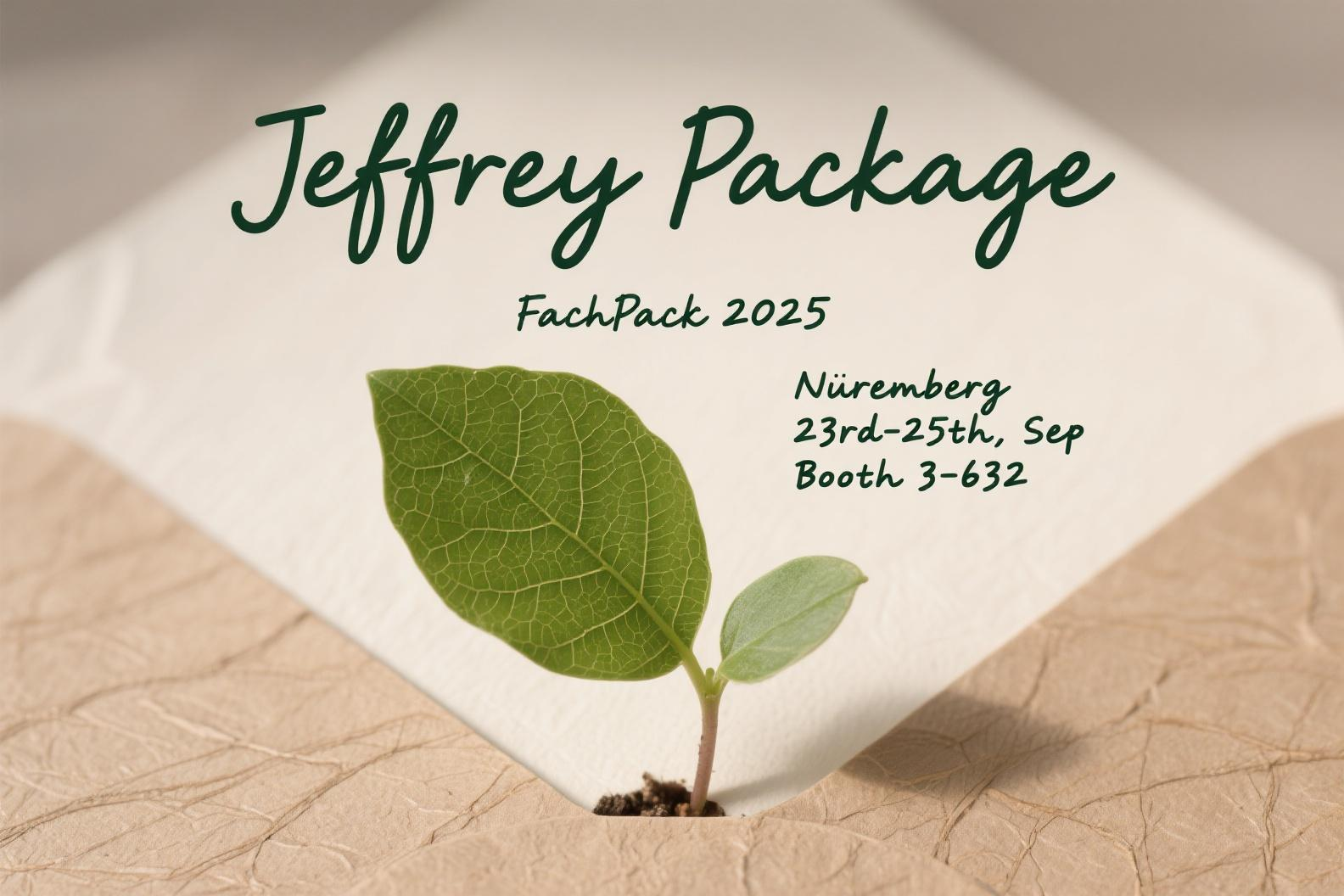Breathing New Life into Fresh Produce: How Jeffrey’s Sustainable Packaging Redefines Fruit & Vegetable Preservation
Merging Aerated Design, Degradable Materials & Supply Chain Agility for a Greener Future
Introduction: The Urgency of Rethinking Fresh Produce Packaging
Global fresh produce waste exceeds 1.3 billion tons annually, with inadequate packaging contributing to 40% of post-harvest losses. Meanwhile, plastic packaging bans—like the EU’s PPWR mandating 100% recyclable/compostable packaging by 2030—are accelerating demand for alternatives. At Jiefurui, we answer this call with engineered paper containers, featuring:
-
Perforated ventilation maintaining optimal humidity for berries & cherry tomatoes
-
Water-based coating enabling 180-day soil degradation vs. 500 years for traditional PE
1. Industry Shifts: Regulations & Consumer Demands Driving Change
1.1 Regulatory Pressure Reshapes Packaging
-
China’s GB23350 & GB43284 standards enforce strict limits on packaging layers, void space, and material types (e.g., banning luxury materials for mooncakes) .
-
UK’s Plastic Packaging Tax and EU PPWR impose fees up to €300,000 for non-recyclable designs, pushing brands toward fiber-based solutions.
-
EPR (Extended Producer Responsibility) schemes require producers to fund recycling—a cost reduced by 20% using Jeffrey’s compostable containers.
1.2 The Conscious Consumer Revolution
-
76% of urban shoppers prefer minimalist, plastic-free packaging, while 68% actively check eco-compliance labels before purchasing.
-
QR code traceability is now critical: Brands with blockchain-backed carbon footprint data see 40% higher repurchase rates.
2. Jeffrey’s Innovation: Where Science Meets Sustainability
2.1 The Smart Perforation System
Our flagship solution for delicate produce (e.g., blueberries, strawberries):
-
Precision Perforations: certain perforations and design, extending fresh fruit shelf life.
-
2-Layer Structural Engineering:
-
Outer layer: FSC-certified bamboo pulp (antibacterial, weight reduction: 20g/unit)
-
Barrier layer: Food-grade water-based coating (water resistance)
-
2.2 Degradability Without Compromise
Unlike “greenwashed” alternatives:
-
Full biodegradation in 180 days—verified by TÜV Rheinland certifications.
-
Zero microplastics: Water-based coatings replace PE/PLA laminates, enabling direct pulp recycling.
-
Cold chain resilience: Withstands -20°C to 25°C (ideal for berry logistics).
3. Supply Chain Advantage: China’s Agile Manufacturing Ecosystem
Jeffrey leverages China’s integrated supply chain for rapid, cost-effective scaling:
-
Material Sourcing: Bamboo pulp from Sichuan forests → water-based coating from China as well
-
Smart Production:
-
Smart perforation systems adjust vent patterns in real-time for different produce types (e.g., blueberries vs. cherry tomatoes).
-
15-day order fulfillment for batches up to 500K units—50% faster than European counterparts.
-
-
Carbon-Neutral Logistics
4. Future-Forward: Next-Gen Freshness Tech
We’re pioneering and will pioneer:
-
Blockchain-integrated recycling: Scan-to-compost QR codes linking to EPR credit rewards.
-
Carbon-negative materials: Algae-based coatings absorbing CO₂ during degradation.
Conclusion: Packaging as a Force for Regeneration
The future of produce packaging isn’t just “less bad”—it’s actively restorative. Jeffrey’s solutions prove that sustainability, functionality, and affordability can coexist:
-
🌱 For the Earth: 180-day soil regeneration cycles.
-
📦 For Brands: 25% lower logistics costs & compliance-ready designs.
-
🛒 For Consumers: Guilt-free freshness with seed-to-blossom circularity.
Act Now:
-
Request free samples of our perforated blueberry containers.





